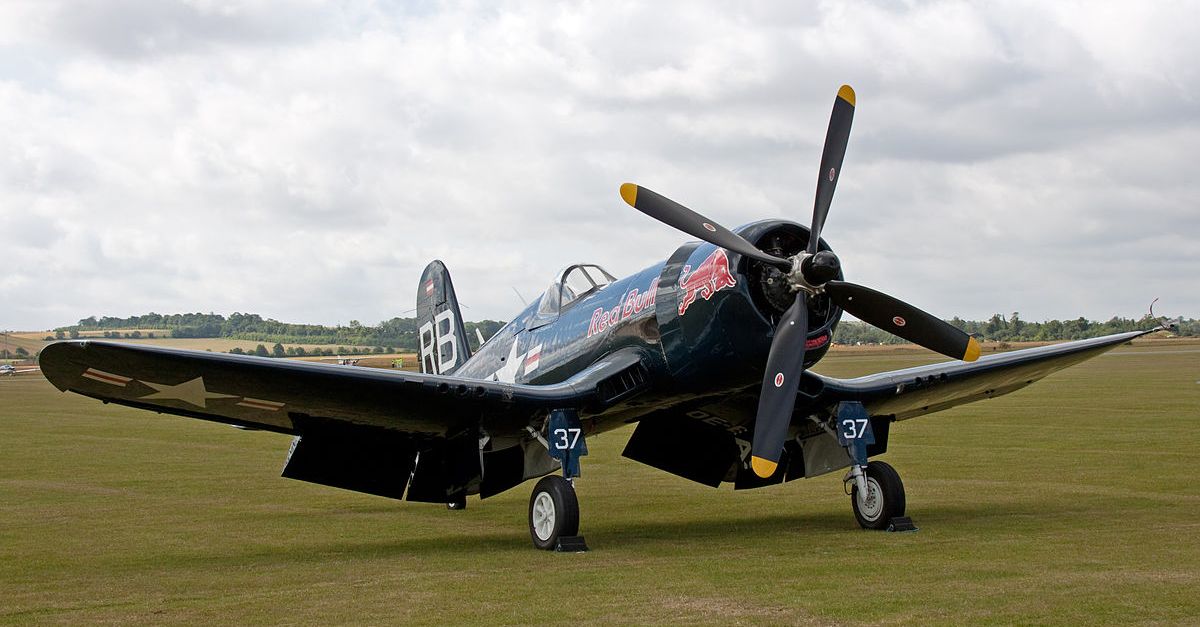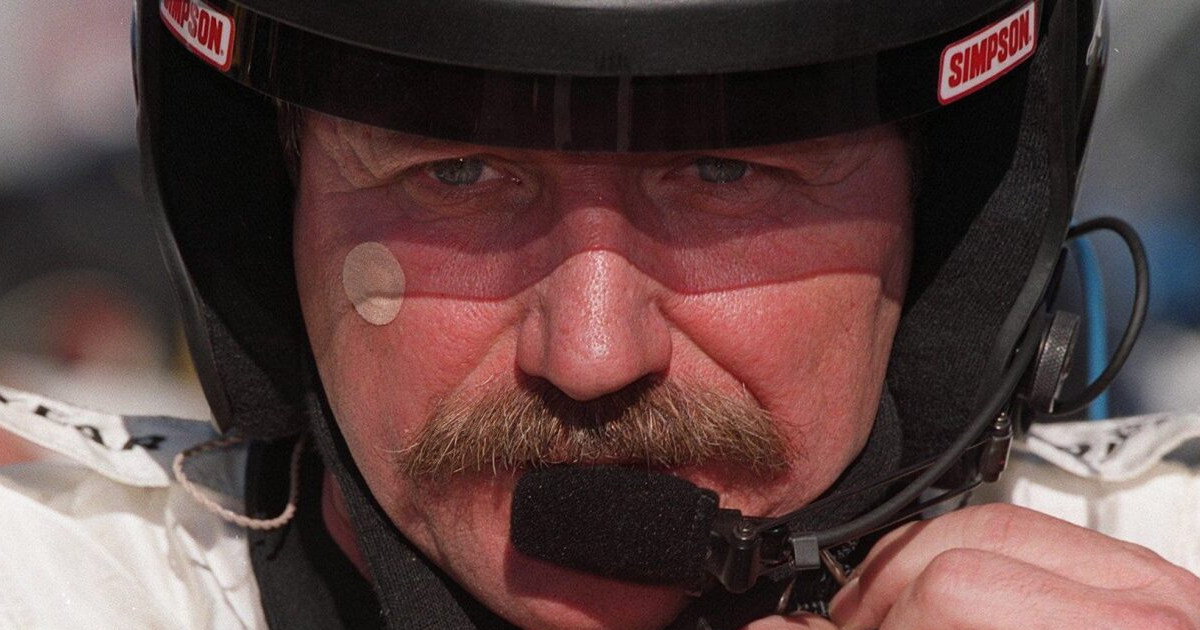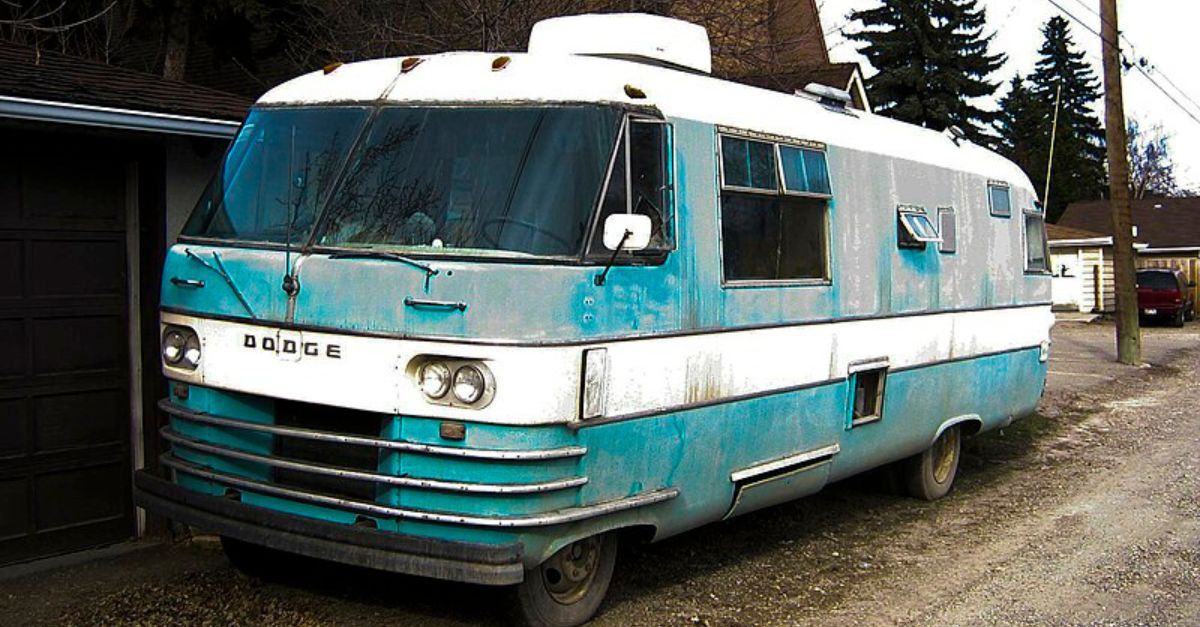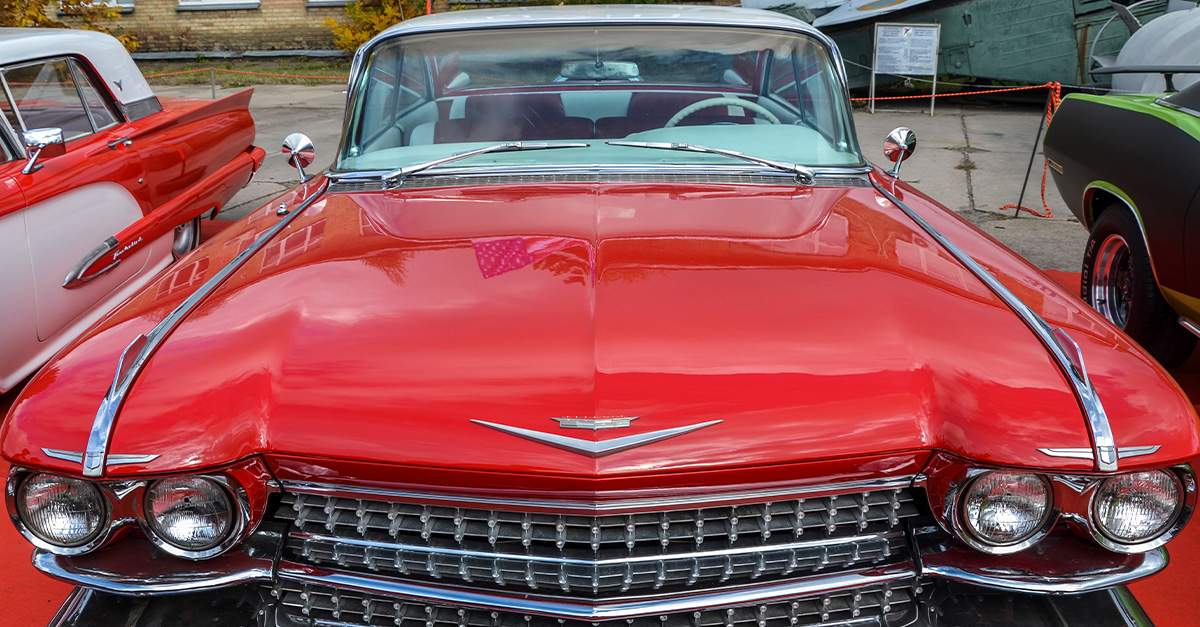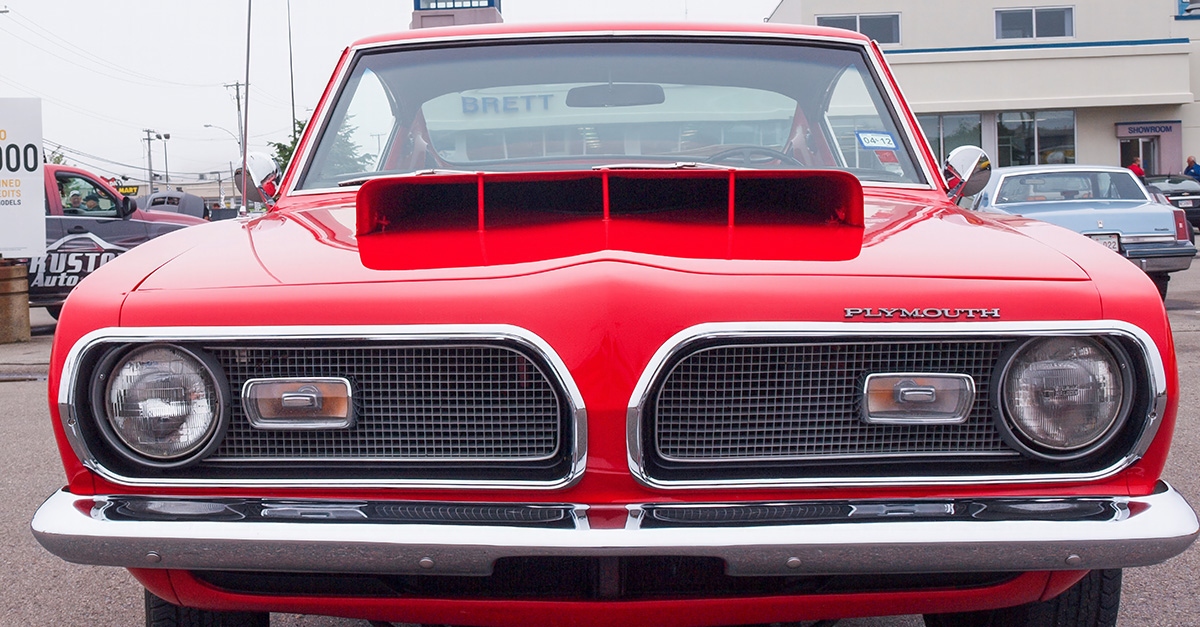Aerial Combat History
WWII saw aviation technology advance at breakneck speed, pushing the boundaries of what was possible in the air. Check out some machines that had just as much character as their pilots.

Mitsubishi A6M Zero
The legendary fighter from Japan was super fast, reaching speeds of 331 mph. It was agile and could fly for long distances. Since it was so light, it was almost undefeated in close-up fights during the early years of the war.
 wallycacsabre, CC BY 2.0, Wikimedia Commons
wallycacsabre, CC BY 2.0, Wikimedia Commons
Vought F4U Corsair
A speed demon with impressive firepower and ruggedness: that was the Vought F4U Corsair. So much so that it earned the nickname "Whistling Death" from Japanese forces. The gull-winged Corsair dominated Pacific skies. Also, its distinctive layout solved carrier landing visibility issues.
Lockheed P-80 Shooting Star
Despite arriving late to the battle, its smooth pattern and powerful engine influenced future aircraft. America's first operational jet fighter pushed boundaries at 594 mph. It was the P-80 that paved the way for Cold War-era fighters, even though it missed most of WWII's action.
Supermarine Spitfire
The Spitfire remained competitive against enemy fighters until the end. Its elliptical wing design provided excellent adaptability and a high critical Mach number. This fighter from Britain changed a lot during the battle. Its later versions with Griffon engines could go faster than 440 mph.
 Chowells, CC BY-SA 2.5, Wikimedia Commons
Chowells, CC BY-SA 2.5, Wikimedia Commons
Focke-Wulf Ta 152
This interceptor had a long wingspan and could fly super fast, almost 462 mph, at high altitudes. The Ta 152 was an upgraded version of the Fw 190 and really showed off some German aircraft inventions towards the end of the fight.
 Ray Wagner Collection, Wikimedia Commons
Ray Wagner Collection, Wikimedia Commons
Messerschmitt Me 262
Fuel shortages and engine issues plagued Messerschmitt Me 262's deployment. When airborne, however, it was nearly untouchable, striking fear into crews unlucky enough to encounter it. At 559 mph, the Me 262 outpaced most Allied planes as the world's first operational jet fighter.
Curtiss P-40 Warhawk
This one was useful against Japanese planes because it was built tough and could dive quickly. Even though newer models were improved, the P-40 could reach 362 mph and performed well in many ways. Its reputation increased with the Flying Tigers in China, showing how effective it was in battles.
 TMWolf, CC BY-SA 2.0, Wikimedia Commons
TMWolf, CC BY-SA 2.0, Wikimedia Commons
Heinkel He 162 Volksjäger
The wooden aircraft known as the "Salamander" could reach speeds of up to 495 mph, even though there were shortages of materials during its production. It was made as part of Germany's emergency fighter program, but was not without its handling issues. Hence, using it was difficult for new pilots.
 Ducatipierre, CC BY-SA 4.0, Wikimedia Commons
Ducatipierre, CC BY-SA 4.0, Wikimedia Commons
Arado Ar 234 Blitz
This was the world's first jet bomber, a German marvel that changed aerial combat at 461 mph. It initially performed reconnaissance missions, outpacing most interceptors. The super fast speed of the aircraft posed a tough challenge for Allied planes, changing the game in the skies.
Grumman F8F Bearcat
The Grumman F8F Bearcat was made for carrier flights and had an amazing rate of climb. Even though it didn't participate in combat, it quickly became a favorite among Navy pilots after the conflict. The Bearcat could reach high speeds of 421 mph, really pushing the limits of piston engine technology.
 Kogo, CC BY-SA 2.0, Wikimedia Commons
Kogo, CC BY-SA 2.0, Wikimedia Commons
Northrop F-15 Reporter
This spy plane could outsmart most interceptors by flying at high altitudes and swift speeds. The P-61 Black Widow in this version could fly as fast as 441 mph during photo missions, and instead of guns, it was fitted with cameras to gather important information.
Hawker Tempest
In the last few months of the conflict, German V-1 flying bombs were unable to avoid Tempest units. It was its proposed speed and heavy weapons that made it very dangerous at low levels. British engineers built this fighter bomber that can go approximately 440 mph or higher.
Messerschmitt Me 163 Komet
This German rocket-powered interceptor could zoom through the skies at a whopping 702 mph. But its short flight times and risky fuel mixtures made it less effective. Pilots often found themselves struggling with their own aircraft as much as with enemy planes during missions.
Yakovlev Yak-9
The Yak-9's top speed of 434 mph showed how good Russian engineers are. This small fighter plane was the one the Soviet Union made the most of during the war. Eastern Front pilots loved it because it was quick and easy to fix.
 bomberpilot, CC BY-SA 2.0, Wikimedia Commons
bomberpilot, CC BY-SA 2.0, Wikimedia Commons
Republic P-47 Thunderbolt
"The Jug," or the P-47, was a tough fighter plane that could take a lot of damage and stay in the air. It was armed with eight 50-caliber machine guns, which made it a serious risk in both air-to-air combat and ground attacks. Despite its large size, it could speed up to 433 mph.
Focke-Wulf Fw 190
Earlier variants of this beast are said to have reached 405 mph! "Würger" excelled as a multi-role fighter, while the long-nosed "Dora" specialized in high-altitude combat. Both variants caused significant problems for Allied pilots throughout WWII.
Brewster F3A Corsair
Even though there were problems with production, this licensed F4U version was used in the Pacific. It was able to reach 416 mph. The Brewster-built Corsairs had problems with quality control, but their speed and weapons were the same as factory-built models.
Lockheed P-38 Lightning
The twin-boomed P-38 flew at 414 mph, and due to its unique shape, it was called the "Fork-Tailed Devil." Because it was so flexible, it could do everything from intercepting signals to spying. It is said that Ace Richard Bong won 40 battles in P-38s over the Pacific.
 William Pretrina, CC BY-SA 2.0, Wikimedia Commons
William Pretrina, CC BY-SA 2.0, Wikimedia Commons
North American P-51 Mustang
This very plane became a world-class fighter after the Merlin engines were upgraded. The P-51 could go 437 mph, which changed the way long-range escort operations were done. Its drop tanks and aerodynamic composition let it go deep into enemy countries with bombers.
 Alan Wilson, CC BY-SA 2.0, Wikimedia Commons
Alan Wilson, CC BY-SA 2.0, Wikimedia Commons
Messerschmitt Bf 109
The Bf 109 changed the way air combat was fought from the start of the Spanish Civil War until Germany gave up. In late-battle versions, Germany's main fighter grew faster than 400 mph. Thanks to regular updates, it stayed competitive with younger layouts.
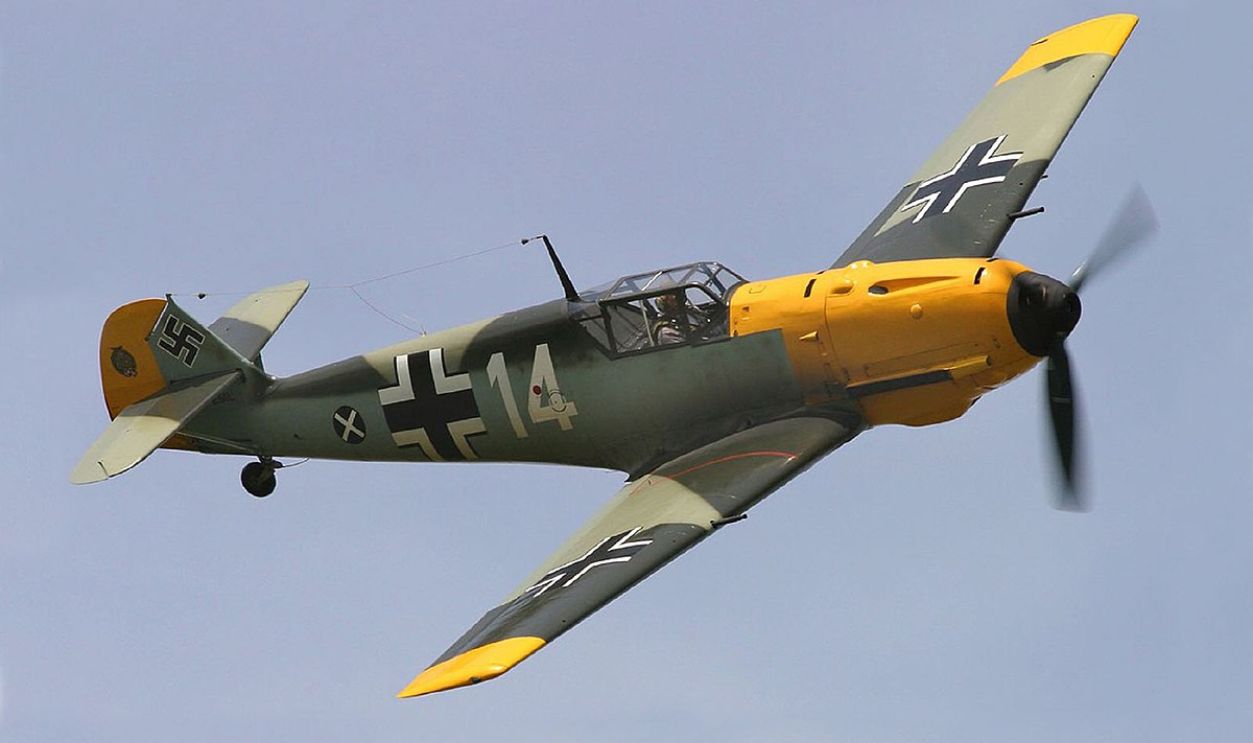 D. Miller, CC BY 2.0, Wikimedia Commons
D. Miller, CC BY 2.0, Wikimedia Commons
Junkers Ju 87 Stuka
With a high speed of 255 mph, this one became infamous for its screaming "Jericho Trumpet" sirens during attacks. It was used in anti-shipping roles early in WWII. The Stuka's fixed landing gear and inverted gull wings made it easily recognizable.
 Fotoafdrukken Koninklijke Luchtmacht, CC0, Wikimedia Commons
Fotoafdrukken Koninklijke Luchtmacht, CC0, Wikimedia Commons
Hawker Typhoon
At first, the Typhoon had trouble as a defender, but it found its place as a terrifying ground-attack plane. With four 20mm guns and rockets, it was a force in front of German tanks. The Hawker Typhoon, however, was known for having low-level performance and longevity.
 Miller (P/O), Wikimedia Commons
Miller (P/O), Wikimedia Commons

